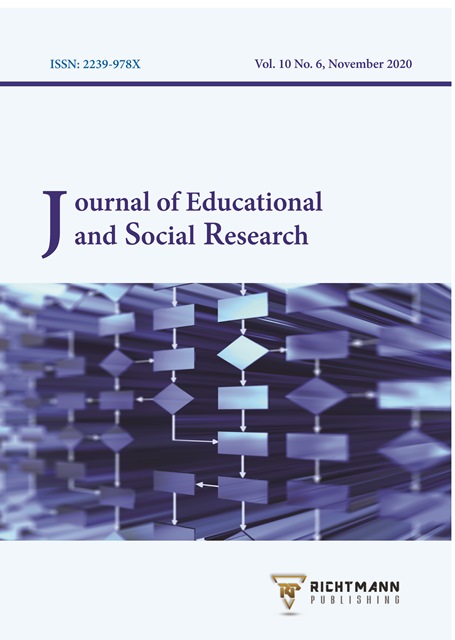The Causes, Prevalence and Interventions for Dyscalculia in Malaysia
DOI:
https://doi.org/10.36941/jesr-2020-0126Abstract
Children with Dyscalculia show deficits in the basic understanding of quantities and numbers, which cause difficulties in math skills acquisition despite adequate schooling. This study summarizes the current knowledge regarding causes, diagnosis and treatment of Dyscalculia in Malyasia from a clinician’s perspective. The findings reveal that Dyscalculia is a brain based specific learning disability, which often co-exist with other neurological disorders such as Dyslexia and attention-deficit hyperactive disorder (ADHD). Symptoms of Dyscalculia include difficulty in reading, writing, counting, arithmetic calculation, direction co-ordination, finger counting agnosia and time management. A computer-based Diagnosis of Dyscalculia should measure all the possible difficulties that are faced by Dyscalculic patient along with other disorders that might co-exist with Dyscalculia and IQ. Care can be provided to Dyscalculia children using one-on-one intervention and the implementation of a standard policy based on health professionals, teachers, parents for diagnosis and treatment. The study also shows the need for more research into the current situation, diagnosis and intervention of dyscalculic cases in Malaysia to help meet the needs of these dyscalculic children.
Downloads
Downloads
Published
Issue
Section
License
This work is licensed under a Creative Commons Attribution-NonCommercial 4.0 International License.









